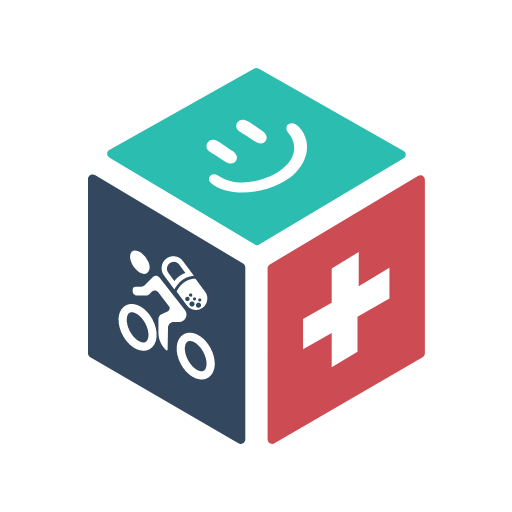Generic Information
CEPHRADINE
Cefradine is indicated in the treatment of the following infections caused by susceptible strains of the designated microorganisms: Respiratory tract infections (e.g. tonsillitis, pharyngitis and lobar pneumonia) caused by group A beta-hemolytic Streptococci and Streptococcus pneumoniae. Skin and skin structure infections caused by Staphylococci (penicillin-susceptible and penicillin-resistant) and beta-hemolytic Streptococci. Urinary tract infections including prostatitis caused by E. coli, Proteus mirabilis, Klebsiella species, and Enterococci. It is also used in otitis media caused by group A beta-hemolytic Streptococci, Streptococcus pneumoniae, Haemophilus influenzae and Staphylococci.
First generation Cephalosporins
Cephradine is a cephalosporin antibiotic with broad spectrum bactericidal activity against both gram-positive and gram-negative bacteria. Cephradine interferes with the synthesis of bacterial cell wall by inhibiting transpeptidase enzyme. As a result the bacterial cell wall is weakened, the cell swells and then ruptures.
Adults: For respiratory tract infections (other than lobar pneumonia) and skin and skin structure infections, the usual dose is 250 mg every 6 hours or 500 mg every 12 hours. For lobar pneumonia, the usual dose is 500 mg every 6 hours or 1 g every 12 hours. For uncomplicated urinary tract infections, the usual dose is 500 mg every 12 hours. In more serious urinary tract infections, including prostatitis, 500 mg every 6 hours or 1 g every 12 hours may be administered. Children: The usual dose in children over nine months of age is 25 to 50 mg/kg/day administered in equally divided doses every 6 or 12 hours. For otitis media due to H. influenzae, doses are from 75 to 100 mg/kg/day administered in equally divided doses every 6 or 12 hours, but should not exceed 4 g per day.
The concomitant use of nephrotoxic drugs such as aminoglycosides with Cefradine may increase the risk of kidney damage. Diuretics (e.g. frusemide, ethacrynic acid) and probenecid enhanced the possibility of renal toxicity.
It is contraindicated in hypersensitivity to Cefradine or other cephalosporins.
As with other cephalosporins, side effects are limited essentially to gastrointestinal disturbances and on occasion, to hypersensitivity phenomena, eosinophilia.
US FDA Pregnancy Category of Cefradine is B. There are, however, no adequate and well-controlled studies in pregnant women. Because animal reproduction studies are not always predictive of human response, this drug should be used during pregnancy only if clearly needed. Cefradine have been shown to be excreted in human milk. So, caution should be exercised when Cefradine is administered to a nursing woman.
Care is necessary with known history of allergy. Renal and hematological status should be monitored especially during prolonged and high doses therapy.
Keep in a dry place away from light and heat. Keep out of the reach of children.
